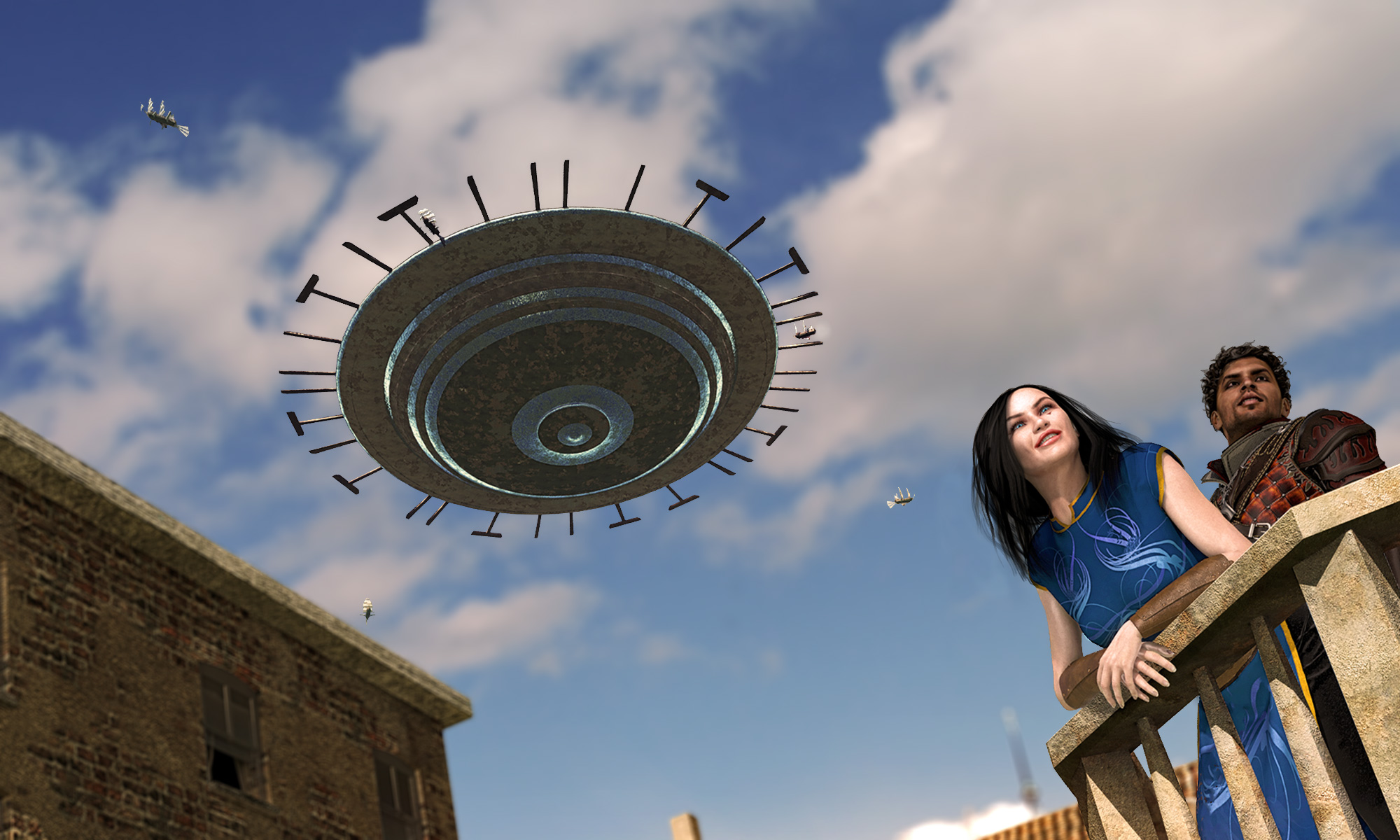
It’s that time of year where we look ahead to a new year and review what, if anything was accomplished this past year! For me, this was truly a lost year and when I look back at early 2020 blog posts I can barely remember writing them. Strangely, the pandemic and the resulting shut down of my businesses actually freed up a lot of my time; but psychologically it was very hard to write or be creative. So how did the year look?
- Blogging. I wrote a total of 27 blog posts; or 1 every other week. Not bad compared to other RGP blogs but not what I would consider amazing output.
- Topics. One theme this year was a harder look at various RM Professions. My take on Rangers, Bards, Druids, Warrior Mage, and Mystic. Peter and Hurin added their own posts and I thought it was a fun to have everyone’s perspectives.
- Spin Cycle. I’m also a fan of re-purposing MERP modules for Shadow World. The SW “DNA” is imbedded in these early ICE products given that Peter and Terry had their hands in both lines. This year I tackled Umbar (one of my favorite all-purpose supplements), Assassins of Dol Amroth.
- Most Engagement. My blog post on the aging RM gamer demographic, “Thoughts on Mortality” garnered 22 responses.
- RMU. Another year has come and gone with RMU just around the corner. Will 2021 be the year?
- ICE. The ICE website and forums are down again (3 times this year?). This time, the site has been down to the point that google in no longer indexing it for searches! Is that bad? Right now the Blog and the Discord Server seem to be carrying the water for Rolemaster gamers. Personally, I don’t get a lot of utility from Discord, but it seems like a solid resource for gamers seeking games online and the group adventure project appears to be moving along which is encouraging.
- Master File List. I had the time to post up a list of most of my uploaded files here on the Blog. I didn’t include the BASiL material, and it needs updates. Unfortunately, most of the links go to the RM Forums, so right now it isn’t that useful.
- Other 2020 Completed Projects. From a writing standpoint, 2020 was a below average year for output. I put some finishing touches to Priest-King in May and handed it off to Nicholas for further editing. Will it ever get published? Who knows, but it’s out of my hands. I also posted up a shrapnel/swarm critical chart, a handful more Mentalist spell lists, an Essence list, The Book of Pales, completed the user versions of all 5 chapters of “Legends of Shadow World” and have put out 2 or 3 new adventures for 50 in 50 Pt II. I think the total uploaded output was around 100 pages.
Looking ahead. 2021. I’m already well underway on several new projects and finishing up long gestating ones.
- Legends of Shadow World Omnibus. I’d really like to format this for RMU once it’s finalized. I think the new system needs support material and no one has really tackled a 50th lvl adventure for Rolemaster. I’m going to consolidate all 5 chapters, polish things up, add a scoring system for each chapter so it can be used for tournaments and will look into 3rd party artwork and floorplans. I’m happy to pay for the work but I’m always hesitant when it comes to Shadow World material…
- Empire of the Black Dragon. This was originally part of Priest-King, but to keep the size reasonable and avoid any serious canonical disputes I split it off. It had been siting at 50 pages for years but I’ve been plugging away at it. Ultimately, it will be Part III following the last adventure of Priest-King and combined with Part I: The City of Nontataku. This module is basically 5 fortresses so it’s layout intensive.
- Mentalism. 2021 will be the year for me to put out the rest of BASiL: Mentalism.
- 50 in 50 Pt 2. I got off to a slow start but have 10 out of the 25 complete or drafted. I just need to focus on them for a week to catch up.
- SW Channeler Players Guide. I’m excited about this–I consolidated all of the SW religious spells, religion material and added more player specific information to help flesh out Priests in Shadow World. It’s averaging 5 pages/diety so it should finish up around 60-80 pages!
So, a look back, a peak ahead. Hopefully we start climbing out of this pandemic over the next few months, ICE gets back up online, RMU is published and Terry finishes up Emer IV. That would be a year.



![War Law (Rolemaster) [BOX SET]: Charlton, S. Coleman: 9781558060999: Amazon.com: Books](https://www.rolemasterblog.com/wp-content/uploads/2020/09/image.jpeg)

